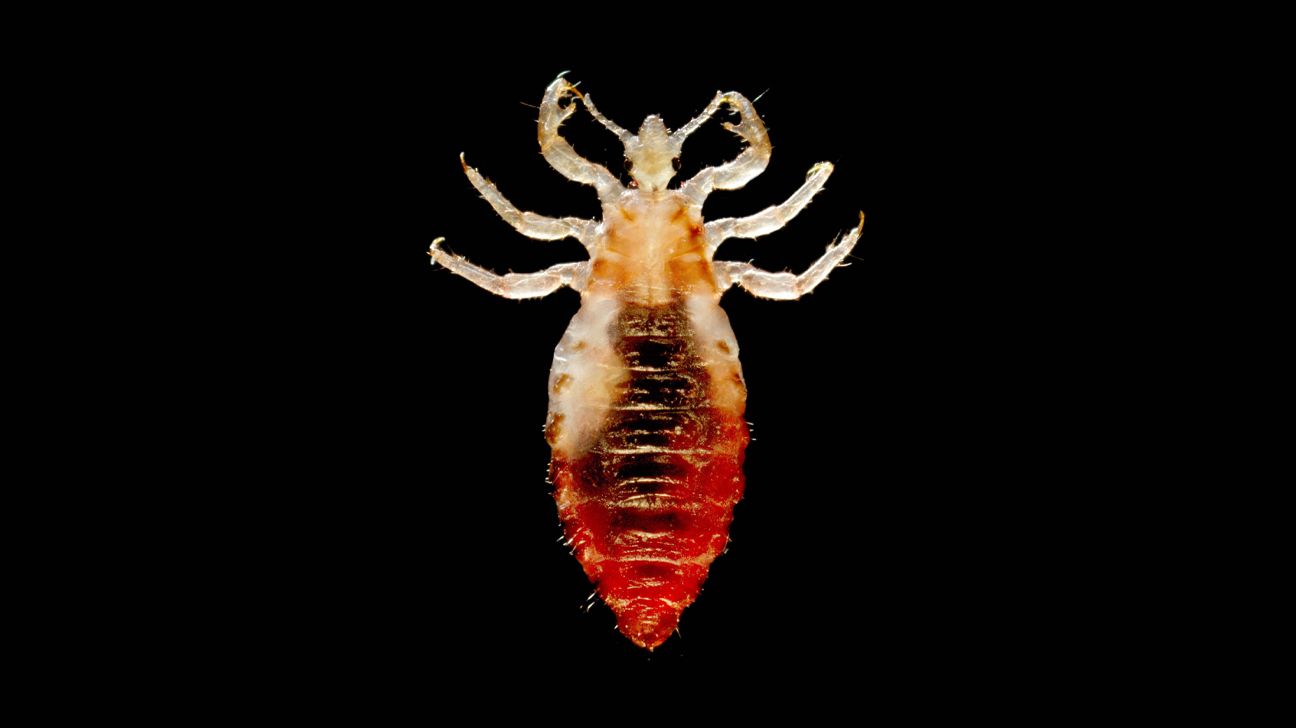We include products we think are useful for our readers. If you buy through links on this page, we may earn a small commission. Here’s our process.
Healthline only shows you brands and products that we stand behind.
Our team thoroughly researches and evaluates the recommendations we make on our site. To establish that the product manufacturers addressed safety and efficacy standards, we:- Evaluate ingredients and composition: Do they have the potential to cause harm?
- Fact-check all health claims: Do they align with the current body of scientific evidence?
- Assess the brand: Does it operate with integrity and adhere to industry best practices?
Body lice usually infest people who aren’t able to bathe or change clothes regularly. Good personal hygiene and changing into clean clothes at least once a week should be enough to prevent body lice.

An infestation of body lice occurs when a certain type of lice invade the body and clothing. Lice are parasitic insects that feed on human blood and can infest the head, body, and pubic area.
There are three types of lice that infest humans:
- body louse (Pediculus humanus corporis)
- head louse (Pediculus humanus capitis)
- pubic louse (Pthirus pubis)
Lice that are found on the body are different from lice found on the head or on the pubic area. Body lice are only found on humans on the body.
Infestations are generally spread by close contact with other people and are typically found in areas of poor hygiene and crowding. Other animals or pets, like dogs and cats, don’t play a role in spreading human lice. Humans are the body louse’s only host and lice will die within five to seven days if they fall off of a person.
Good hygiene and regularly washing clothing and bed linens are generally enough to treat and prevent infestations of body lice.
The body louse is larger than other types of lice. They lay their eggs and leave waste on skin and in clothing. Lice can crawl, but they can’t fly, hop, or jump.
Infestations occur worldwide and are spread via close person-to-person contact or through commonly shared bed linens, towels, and clothing. In general, infestations of body lice are limited to people who live in unhygienic or crowded living conditions and who don’t have access to clean clothing.
Common symptoms of a body lice infestation include:
- intense itching (pruritus)
- rash caused by an allergic reaction to body lice bites
- red bumps on the skin
- thickened or darkened skin, usually near the waist or groin, if the lice have been there for a long time
An infestation by body lice is typically diagnosed by looking at the skin and clothing and observing eggs and crawling lice. The insects are about the size of a sesame seed. They are big enough to see with the naked eye, but a magnifying lens can be used to help find them. The eggs (called nits) are usually found in the seams of clothing.
A body lice infestation is normally treated through improved personal hygiene and regular changes of clean, washed clothing.
All clothing, bed linens, and towels used by the infested person should be washed with hot water (at least 130 degrees) and then dried in a machine with hot air.
Medications that kill lice, called pediculicides, may be used to treat body lice infestation. However, this is usually not necessary if clothing is laundered and personal hygiene is maintained. Lice-killing products may be toxic to humans, so be sure to follow the instructions carefully.
Body lice usually don’t cause other problems. However, the following complications may occur:
Secondary infection
The itchiness may lead to scratching, which may cause cuts and sores. These open wounds are at risk of being infected by bacteria.
Changes in skin
In cases of prolonged infestation, skin can become dark and thick, especially along the midsection.
Spread of disease
Rarely, body lice can also carry other uncommon bacterial diseases. According to the
Body lice usually infest people who aren’t able to bathe or change clothes regularly. Good personal hygiene and changing into clean clothes at least once a week should be enough to prevent body lice infestation.
You should also make sure not to share clothing, bed linens, or towels with someone who is infested. If you discover body lice, machine washing and drying all infested clothing and bedding in hot water should prevent body lice from returning. Family members or those who share living areas with you may also want to be treated.
